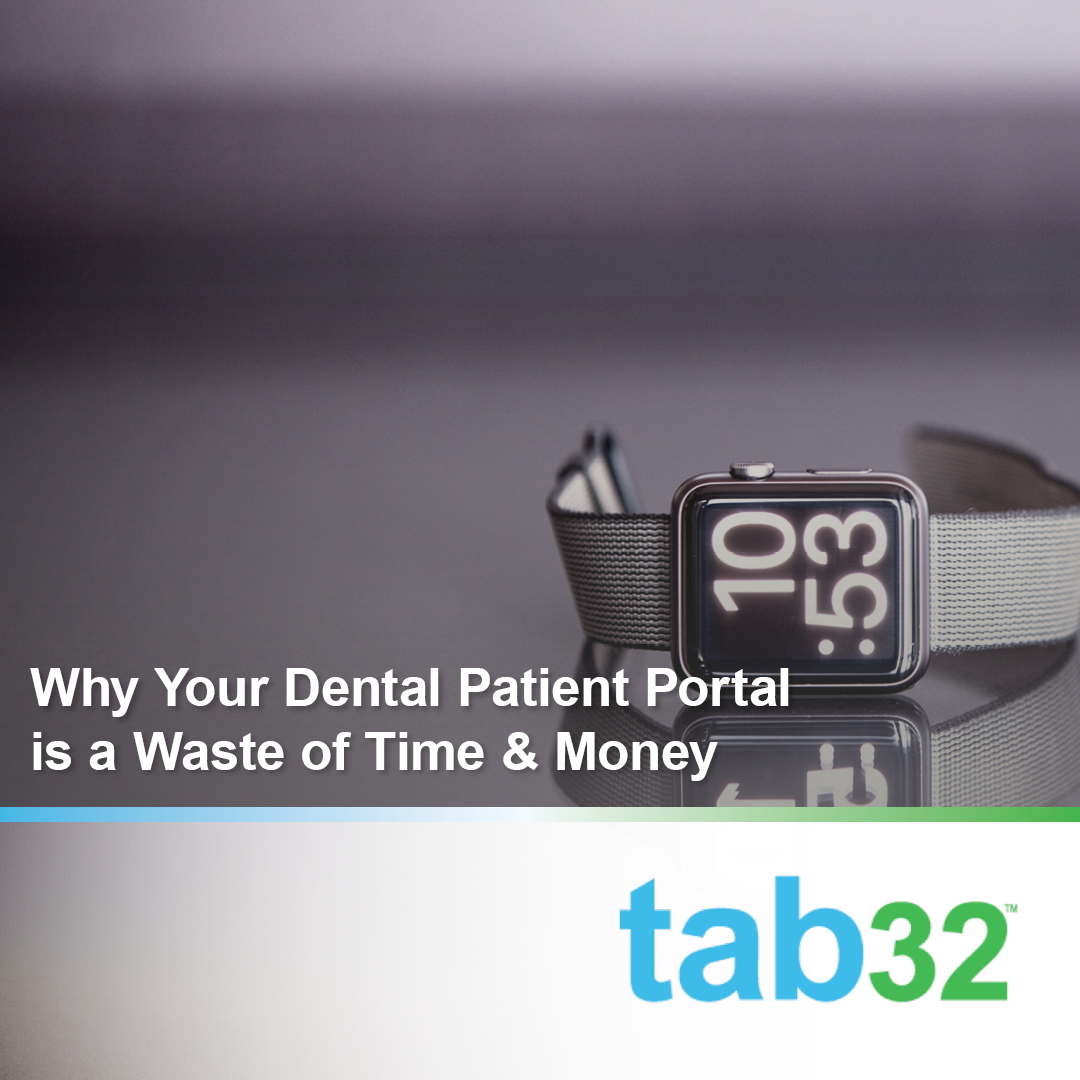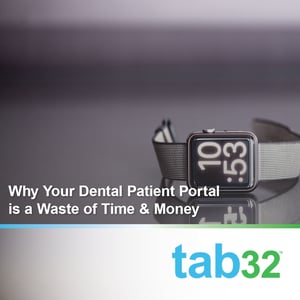
 As a business owner and a dentist, you want to make your office experience as painless as possible on all fronts. This includes collecting patient information like health history and insurance details, as well as billing. Many dentists use patient portals as a way to try to streamline these parts of their business. The thought is that if a patient can access their information in a portal, they will find things more easily and be more satisfied overall with their experience.
As a business owner and a dentist, you want to make your office experience as painless as possible on all fronts. This includes collecting patient information like health history and insurance details, as well as billing. Many dentists use patient portals as a way to try to streamline these parts of their business. The thought is that if a patient can access their information in a portal, they will find things more easily and be more satisfied overall with their experience.
Additionally, a patient portal (in theory) can cut down on administrative time—both because a patient can enter their own information and it saves staff time from answering questions that patients can answer themselves in the portal. Again, this is all theoretical; in reality, the portals don't work the way they should.
Many of the portals are a one size fits all for any number of practices. And often, they're hastily designed and implemented as some kind of add-on to the software package. This means they weren't well-designed or planned, and aren't user-friendly. Add in brand new users who have never navigated the system before and you've got frustrated patients. These patients then call your office and talk to the staff. But wait? Aren't you supposed to be saving admin time?
Patients don't want another password or to learn another system. They do want convenience—this isn't it.
Like we mentioned above, these portals are the same for every dentist. They don't allow you to customize the tools and information available to your patients. And since every practice is different, you may end up paying for a portal that doesn't fit your practice or patients at all. Or, depending on your software, you could be paying for the portal when it's not even something you want to use.
As much as we all want these types of offerings to save time and money, they rarely do. A patient portal means patients are using it, and they often need help (see above). This means that your front office staff may end up becoming a help desk for patients using the system. It would probably be easier if they just asked the staff their questions. The best case scenario is that people are calling your staff because they forgot their password or can't log in. What's the worst case scenario?
Patients don't want portals. And depending on your practice, they may not want anything online! But, there are a number of options for practices who serve patients who are tech-savvy. For example, with tab32's software, you can create custom online forms. These forms can be sent via text or email before an appointment or used in your office on a waiting room tablet or computer. However you use them, you CAN save your staff time by having patients enter their information right into their record, rather than having to enter the data from paper.
As for billing, tab32's suite of patient communication options makes it easy for your accounts receivable staff to get in touch about outstanding balances. Plus, all these interactions are documented right in the patient record.
Ready to ditch your patient portal? Looking for a complete solution for your practice management and patient communications? Schedule a demo today. We'd love to show you how tab32 works and will revolutionize your business.
These Stories on Tips for Running a Dental Practice
No Comments Yet
Let us know what you think